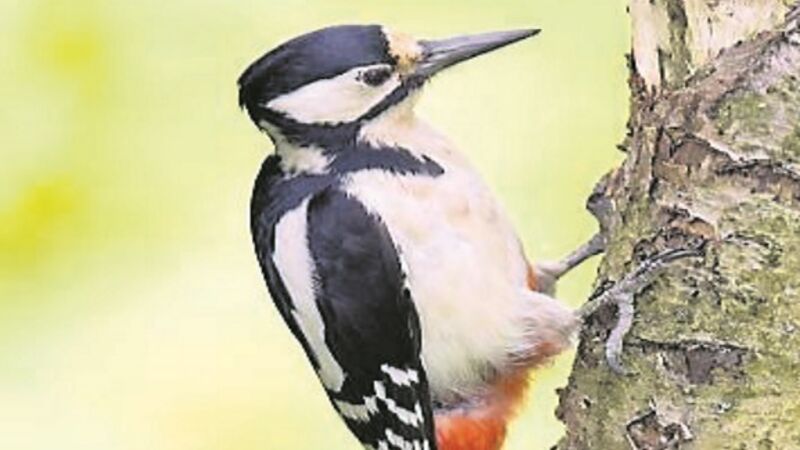Listen up if you hear the drumming of a woodpecker

Genetic studies carried out in UCD indicate they almost certainly came from Britain, where the population of this woodpecker has been increasing rapidly in recent times.
The experts don’t agree on whether this is a colonisation or a re-colonisation. My own opinion is great spotted woodpeckers were once an Irish native species and the last ones probably lived in west Munster in the 17th century. I believe they became extinct when the planters cleared the great forests.














